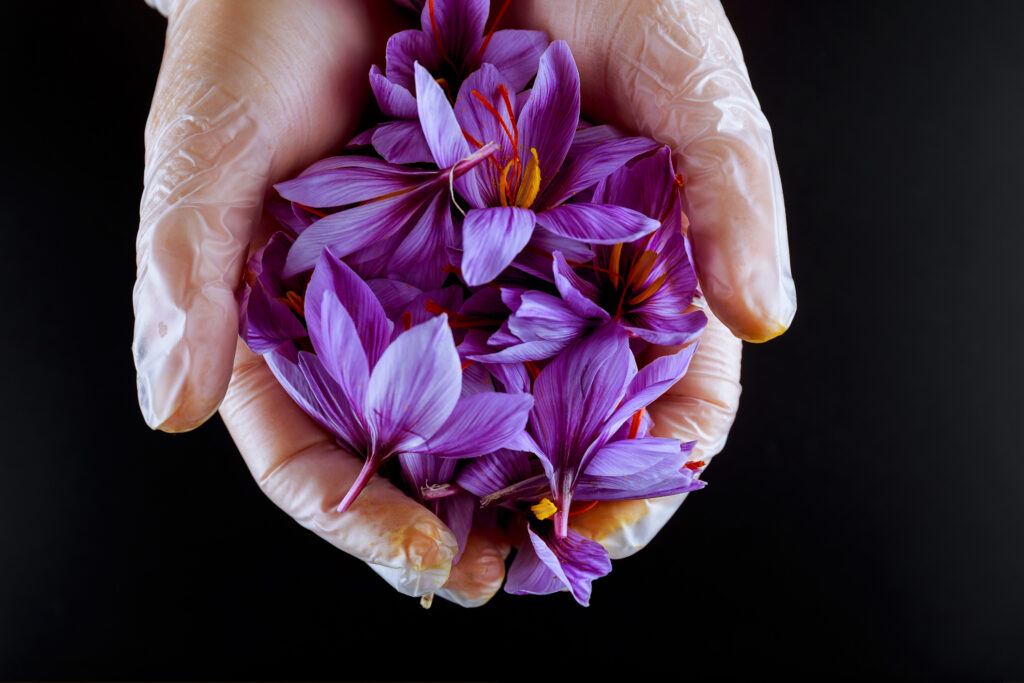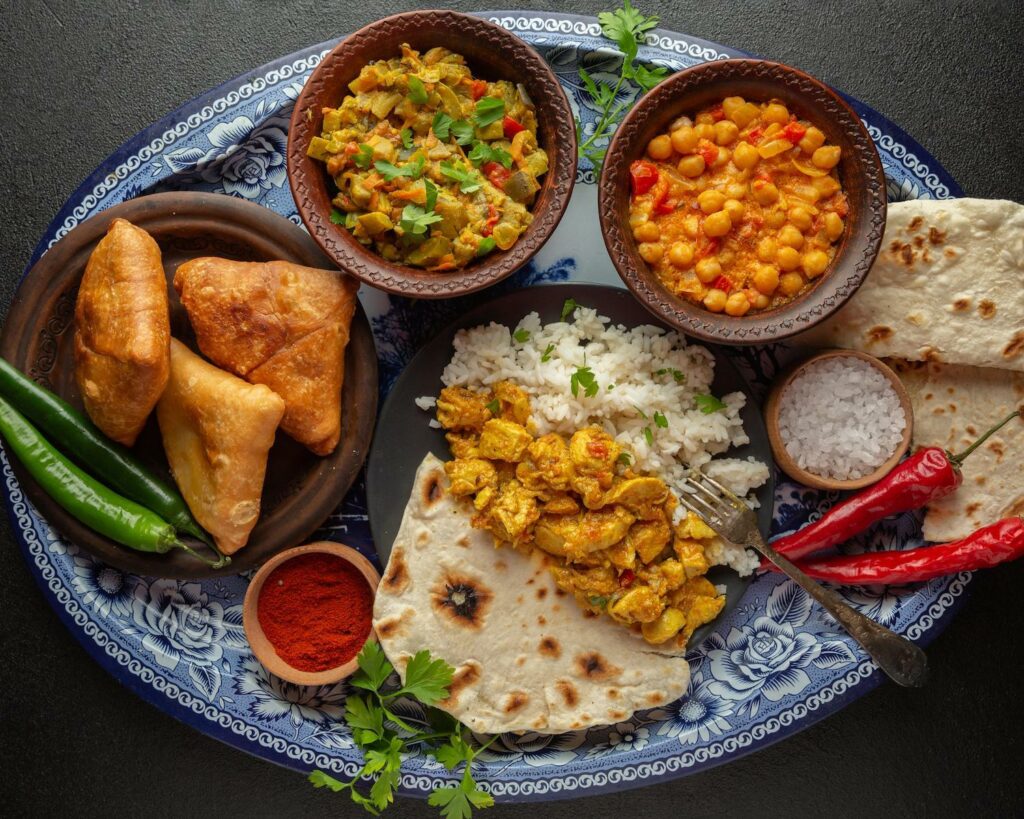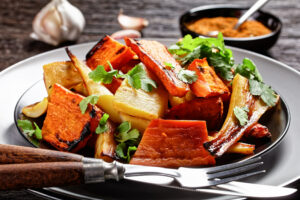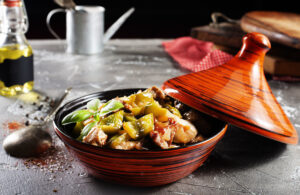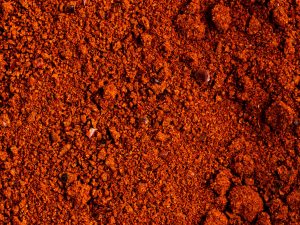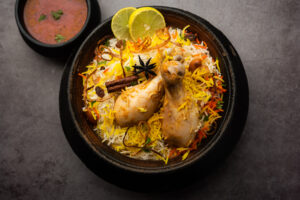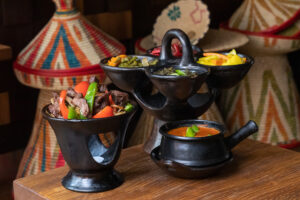Let’s begin by stating the obvious.
First, saffron is a wholly unique spice. Nothing tastes “quite” like it and nothing has quite it’s earthy aroma.
On the downside however, it’s also, pound for pound, the most expensive spice in the world.
So expensive that in many kitchens, it’s quite often locked up in one of the Chef’s desk drawers.
And while a little goes a long way, it’s still an expensive proposition when choosing whether you’re or not to prepare an item on your menu that uses it.
The Red Goose Spice Company does of course carry a fine Saffron.
The good stuff.
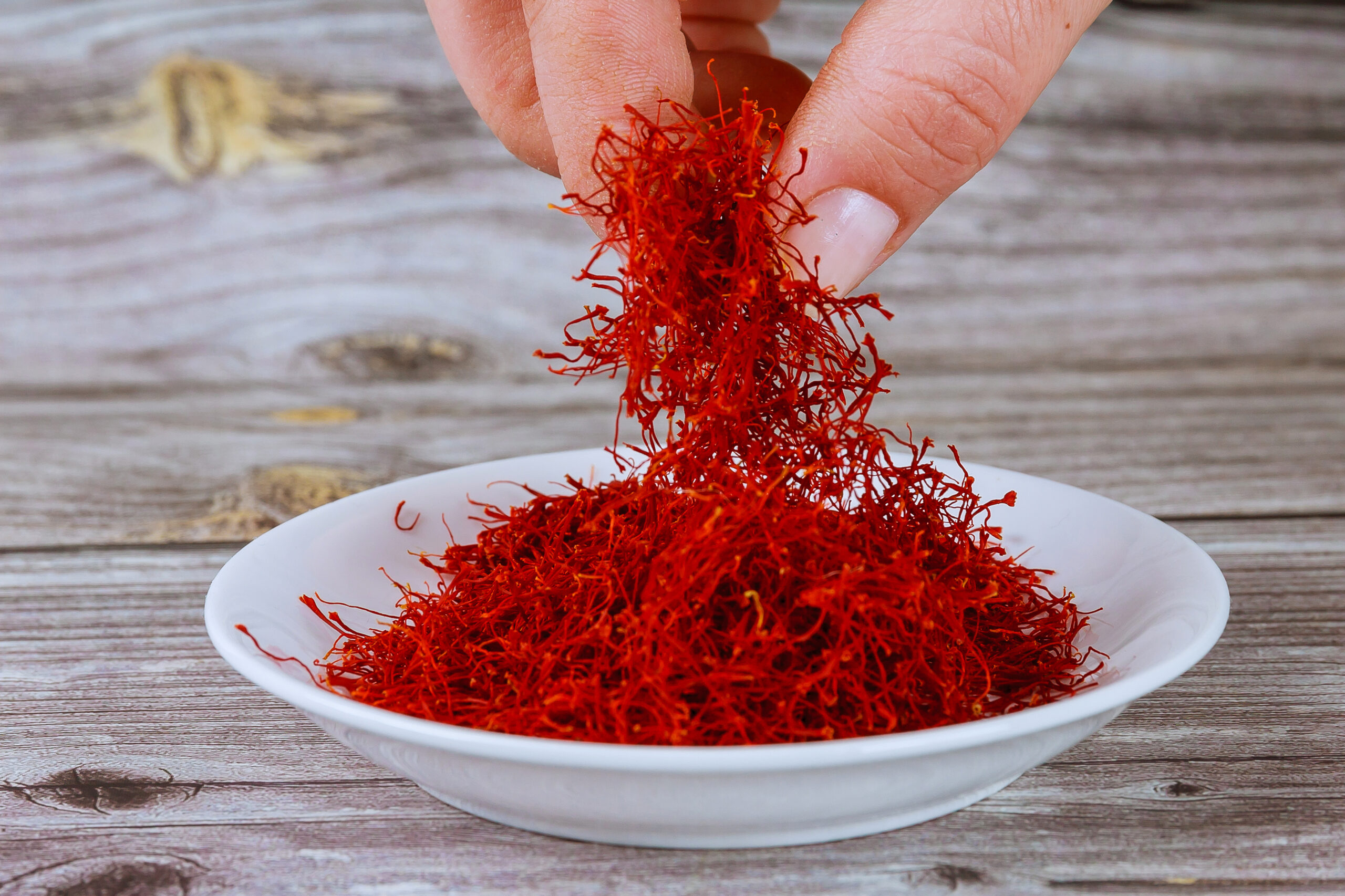
But we also have some suggestions for you to consider in the event you want to either “stretch” the contribution your saffron makes to a particular recipe, OR, to simply use some recommended “alternative spices” to “imitate” saffron while neither suggesting it, or naming it, as an ingredient on your menu’s offerings.
For instance, just as some Chefs use a fortified stock “base” to enrichen a house made “scratch” stock, or a mid to low-priced wine to add to a braised meat dish instead of a higher priced vintage wine, or using dried herbs versus using fresh herbs, these alternative saffron “options”, offer a Chef multiple choices depending on the intended use and final intended outcome.
First, a short dissertation on saffron itself.
Coming from the Persian word zarparan, which translates into “gold strung”, saffron is a gold to crimson colored stamen of a flower, specifically a Crocus flower.
These stamens are harvested, dried and used for flavor, color and aroma in many dishes.
Although many if not most Chefs believe (or prefer) Spanish saffron in their kitchen, Iran produces the vast majority of saffron in the world.
Saffron’s high cost is due in part to the tremendous amount of labor that it takes to harvest it. It takes approximately 200 thousand stigmas from about 70,000 crocus flowers to yield 1 pound of saffron.
Not all saffron is the same quality or strength. It is graded and classified by quality, color and style, (more red is better).
As mentioned, the crème de la crème of saffron is generally considered to be the Spanish-grown La Mancha saffron, which has PDO protected status which is displayed on the product packaging.
Back to our earlier message regarding alternative spices which can be used to supplement or replace saffron in certain recipes, we emphasize that these suggestions cannot fully replicate saffron’s flavor but rather its appearance, color and a to some degree, its aroma.
They are:
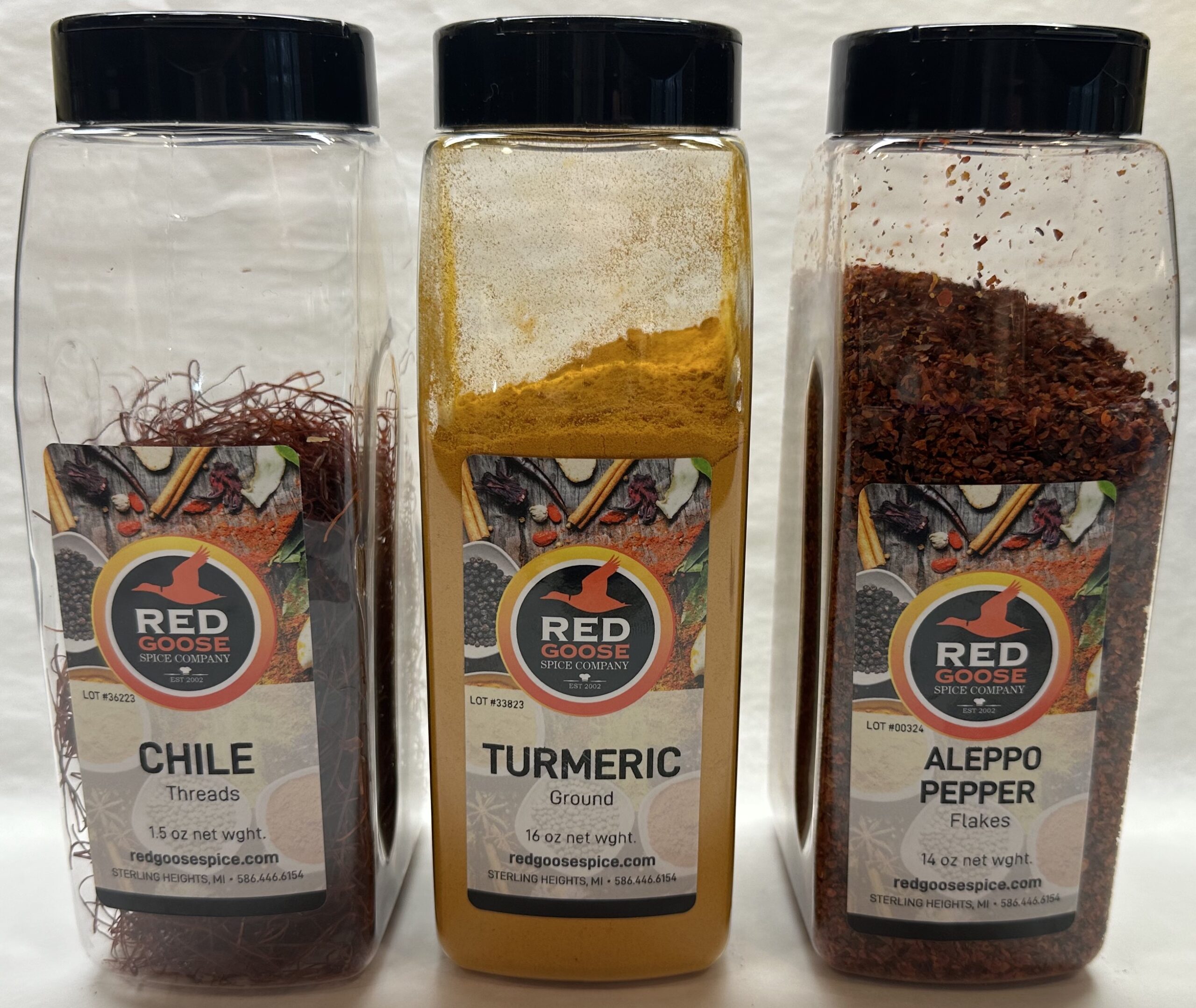
Chili Threads: These slender, thread-like strands of red chili peppers, look nearly indistinguishable from saffron at first glance. They can be used in the same way and in the same dishes that saffron is used. Chili thread’s aroma is earthy and, as you would expect, has a faint aroma of dried chilis. It casts a slight orangish tint to dishes it is used in (such as rice), and, after cooking, its thread shape is reminiscent of saffron.
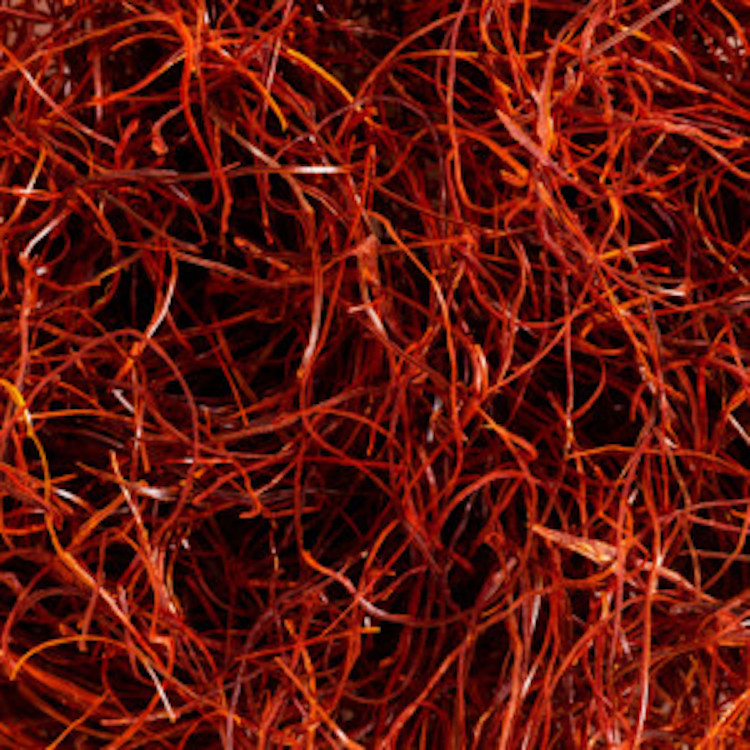
Turmeric: Often used in curries, in this scenario, turmeric is used primarily for its color. It also adds a slightly woody, slightly warm, bitter, black pepper-like flavor and an earthy, mustard-like aroma. In combination with Chili threads, these 2 spices alone get you in the saffron ball park.
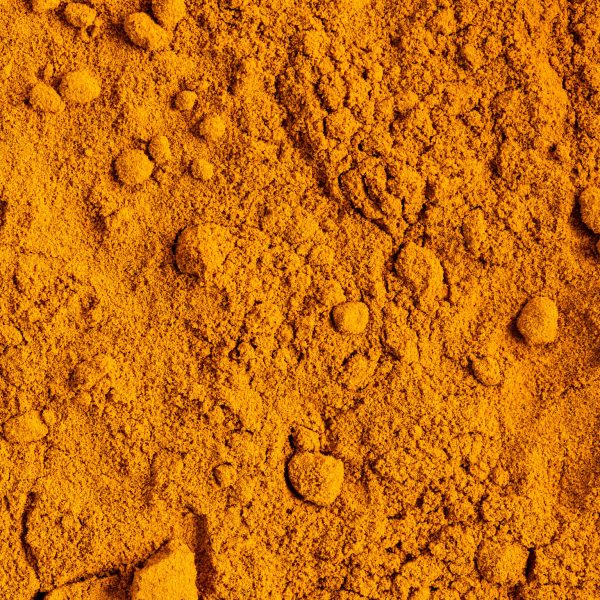
Aleppo Pepper Flakes: Also known as the Halaby chile pepper, it’s named after the Syrian city of Aleppois.
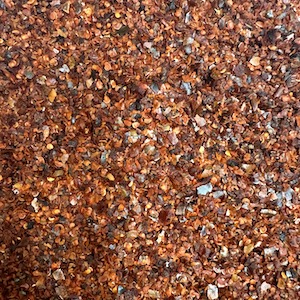
These deep red, mild chili flakes have quite a complex flavor which most describe as slightly fruity, tangy, with hints of raisin, citrus with some background suggestions of tomato.
Similar to the preceding 2 spices, Aleppo Pepper Flakes have a earthiness and a slightly roasted taste.
It does have some heat, but at about 10,000 Scoville Units, it comes in just a bit towards the higher end of jalapenos so use it to add a bit more complexity to your blend, but sparingly, unless you’re wanting the heat to be predominant.
These 3 spices can give you a new opportunities for flavor expressions in many of your existing and possibly some new dishes on your menus.
There is no real blend recipe for these 3 aforementioned spices which can be used to imitate some of saffron signature flavors, colors and aroma. Much of that depends on the specific dish you may be using it in.
Dishes with seafood, tomatoes, wine and other aromatics, can be good opportunities for this experimentation.
One of the classic dishes in the French repertoire is Bouillabaisse from theMarseilles region. This “peasant style” fish and shellfish stew feature the catch of the day and usually contains local “fin fish”, some mollusks and crustaceans.
All swimming in a hearty broth of saffron accented tomatoes, garlic and other ingredients.
Here is a recipe which we hope you’ll enjoy. It can be adapted to be a Bouillabaisse broth-like base for whatever fish and seafood you care to bathe in it.
Mediterranean Style Seafood Sauce / Broth
Yield 1 Quart
½ cup Vidalia Onion, 1/4″ Diced
1 tablespoon Garlic, Fresh, Minced
1 tablespoon Ex. Virgin Olive oil
¼ cup Green Bell Peppers, Finely chopped
¼ cup Red Bell Peppers, Fine Chopped
4 oz Calamari, Finely Chopped
2 oz Shrimp Peeled & De-veined, Fine Chopped
2 oz Bay Scallops, Fine Chopped
3 cups Diced, Canned Tomatoes
2 tablespoons Tomato Paste
½ cup Lobster or Seafood Stock (Strong)
¼ cup Red Wine
3 or 4 Saffron Threads
OR 10 Chili Threads
½ teaspoon Turmeric
¼ teaspoon Aleppo Pepper
¼ tsp Oregano, Dry
1 tablespoon Brown Sugar
¾ tsp Parsley Flakes, Dry
- Heat olive oil in sauce pot.
- Add onion, then peppers and garlic and sauté on medium heat until softened and transparent.
- Add minced calamari, shrimp and scallops and sauté until cooked and opaque.
- Add all remaining ingredients. Simmer on low heat for 2 to 3 hours.
- Add additional stock as necessary to adjust consistency.
- Adjust seasonings (Salt & Pepper, etc.) as necessary to taste.

